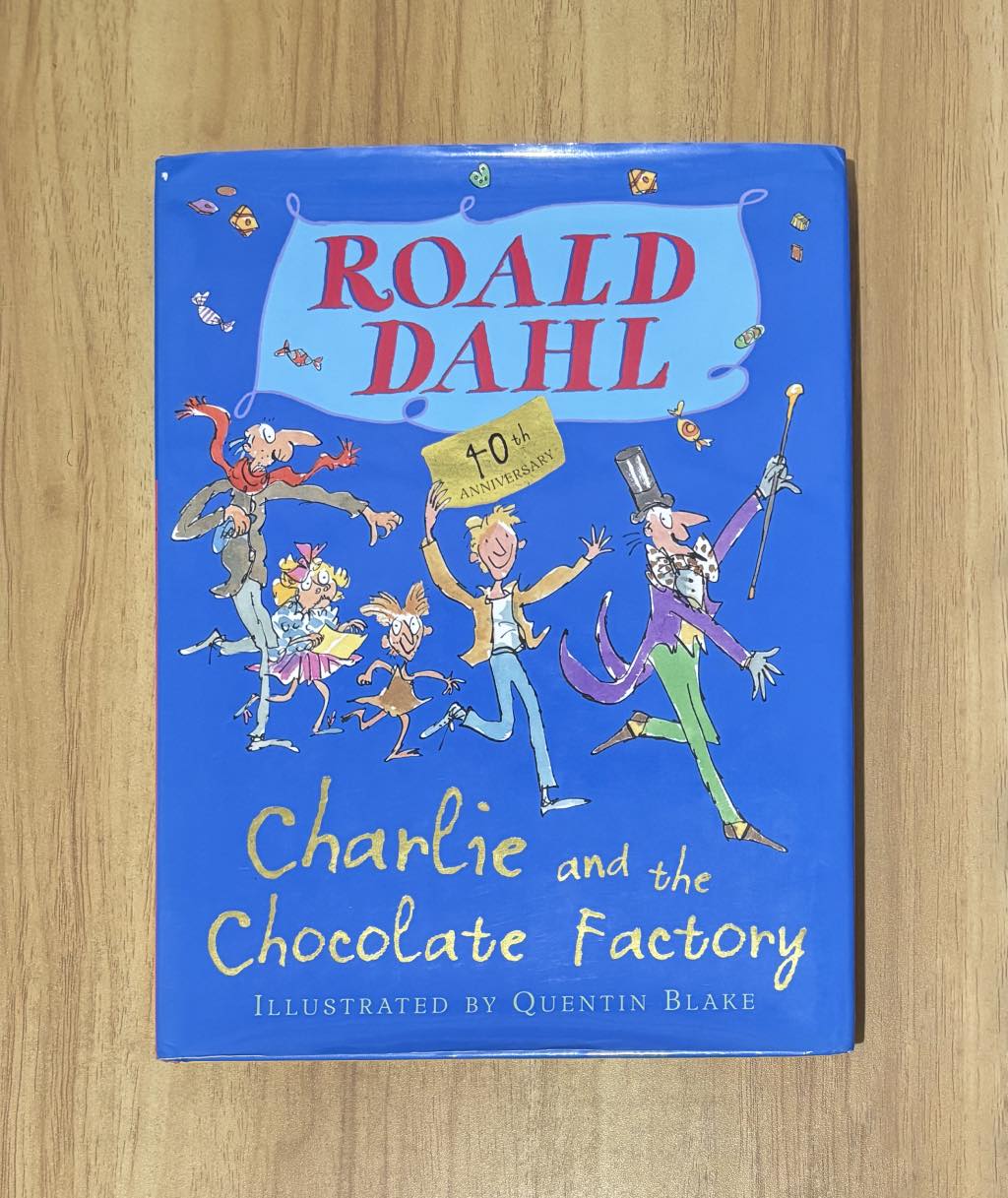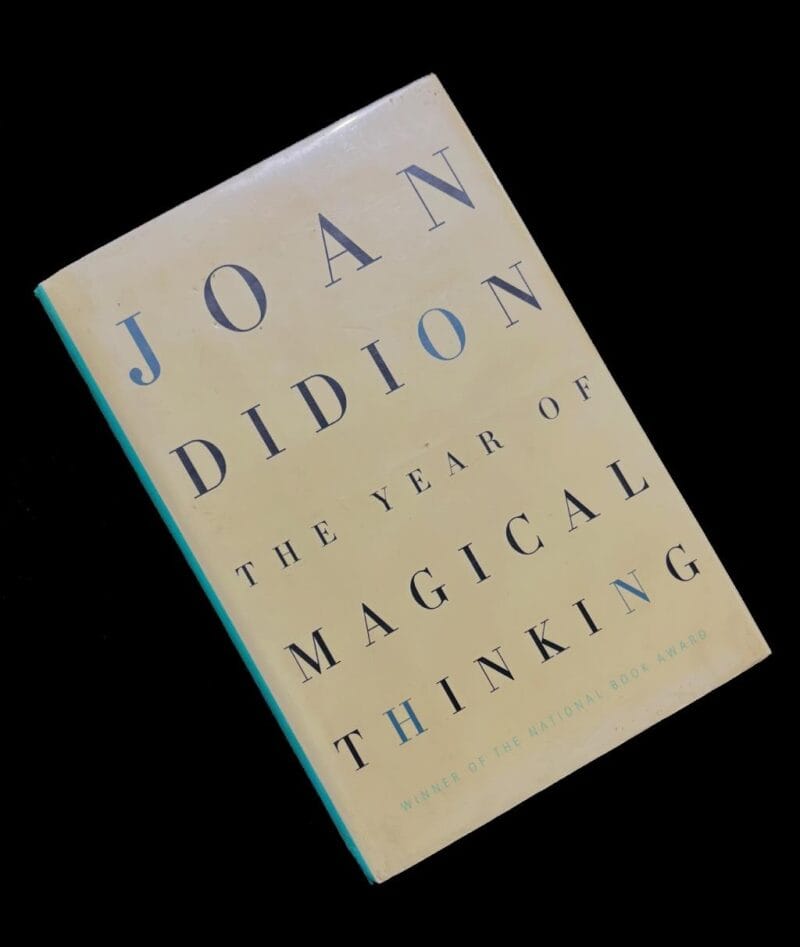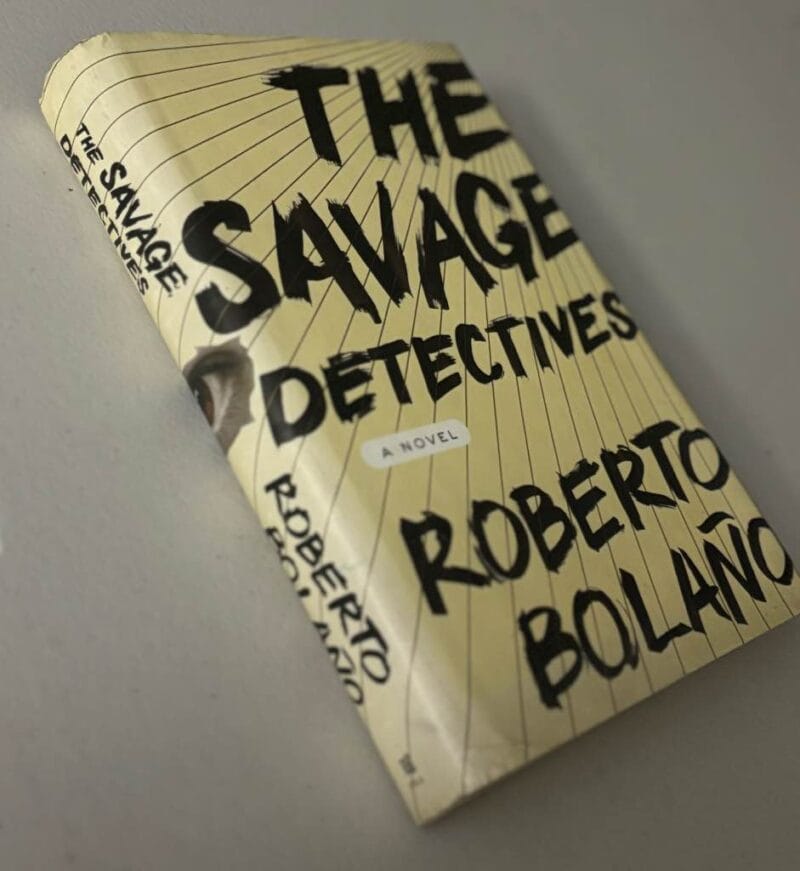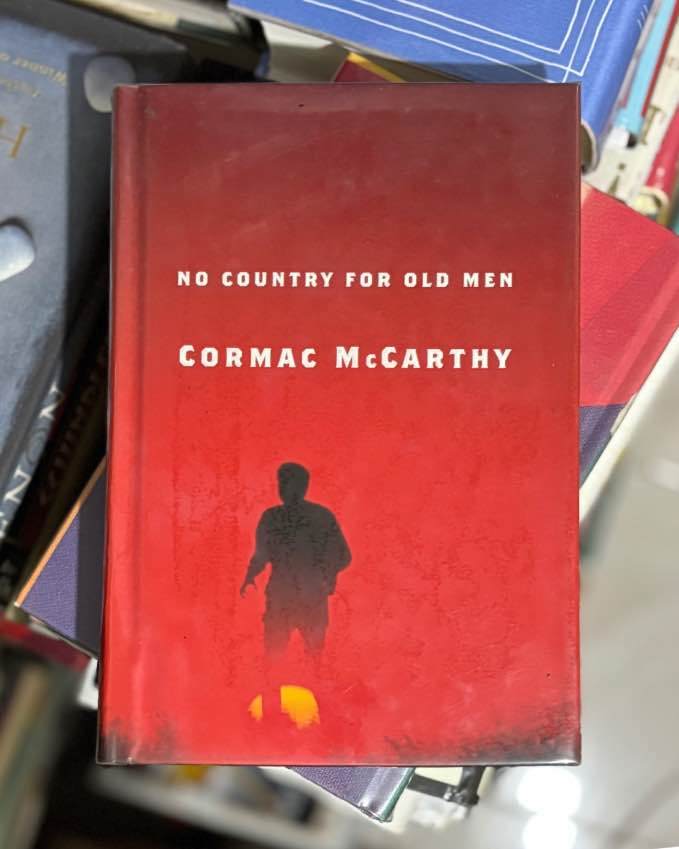Roald Dahl’s Charlie and the Chocolate Factory (1964) remains a standout work of children’s literature that defies conventional storytelling. This book follows the journey of Charlie Bucket—a kind-hearted boy from a modest background—and his extraordinary visit to Willy Wonka’s enigmatic confectionery workshop. With imaginative settings and unforgettable characters, the story has maintained a strong appeal across generations.
Plot Overview
The book presents a riveting tale that intertwines mischief with moral lessons. The story opens with Charlie Bucket, a young boy from a struggling family, whose life takes an unexpected turn when he discovers one of five coveted golden tickets hidden in a chocolate bar. This discovery sets in motion a series of adventures inside a wondrous factory, where every corner unveils astonishing inventions and unpredictable challenges. Dahl weaves together humor and cautionary moments, ensuring that every twist on the tour carries significance.
Meet Charlie Bucket
Charlie Bucket is portrayed as a thoughtful and determined youth living in humble conditions with his parents and grandparents. Despite the hardships that mark his everyday life, his genuine warmth and persistent optimism shine through. His deep affection for chocolate and his fascination with the magical treats created in Wonka’s workshop serve as a powerful contrast to his everyday struggles. Charlie’s steady determination in the face of poverty distinguishes him from those around him, setting the stage for an adventure that challenges his character and reveals his inner strength.
Discovering Willy Wonka’s Factory
Willy Wonka himself emerges as one of literature’s most memorable figures—a man whose unconventional approach to candy making transforms his factory into a mysterious wonder. The facility, hidden behind secure gates and shrouded in secrecy, has long been the subject of widespread curiosity. Wonka’s ingenious designs and playful inventions transform everyday ingredients into spectacular creations, making the factory a setting where the ordinary is completely transformed. The allure of his secretive workshop not only stokes the imagination but also becomes the stage for lessons about ambition and excess.
The Golden Tickets Adventure
The introduction of five golden tickets hidden in ordinary chocolate bars ignites a worldwide scramble, turning an act of chance into a life-changing opportunity. When Charlie finds the final ticket, his joy is matched only by the anticipation of what lies ahead. This moment—both serendipitous and transformative—ushers him into a tour that is as unpredictable as it is delightful. Each ticket bearer’s journey through the factory is marked by personal trials, with the experience serving as a powerful reminder that fortune may favor the modest and sincere.
Inside the Chocolate Factory
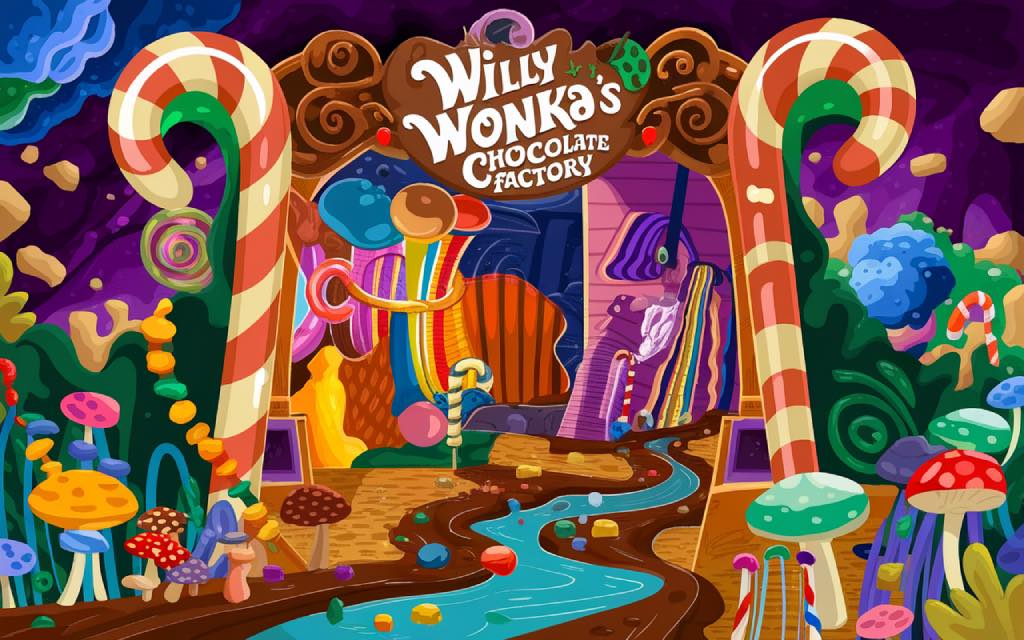
Once inside the factory, Charlie and his fellow ticket holders encounter a succession of marvels. From a river of chocolate that defies gravity to rooms filled with edible constructions, every section of the workshop presents new, astonishing creations. The fantastical settings are designed with an inventive flair that challenges the boundaries of conventional candy making. For Charlie, the tour becomes much more than a whimsical diversion—it is an expedition that tests his character and shapes his outlook on life.
Unraveling the Surprises
As the tour unfolds, unexpected events and dramatic reversals reveal hidden consequences behind unrestrained impulses. Each mishap faced by the other children—whether it be a tumble into a chocolate river or a transformation brought on by overindulgence—serves as a pointed reminder of the perils of excess. These moments are crafted with precision, using surprising twists to highlight the importance of moderation and self-control. Meanwhile, Charlie’s calm and measured responses amid chaos signal that sincerity and humility are qualities that truly endure.
Main Themes
Greed and Its Consequences
Dahl’s work is unflinching in its depiction of overindulgence. Characters such as Augustus Gloop and Veruca Salt experience rapid downfalls when their desires spiral out of control. Their journeys act as clear warnings: overconsumption and entitlement bring immediate and often irreversible repercussions. The fates of these characters serve as powerful examples, contrasting sharply with Charlie’s steady and measured approach to life.
Poverty and Hope
Central to the story is the stark contrast between Charlie’s modest upbringing and the dazzling world he enters. His everyday life, marked by economic hardship, is transformed by the golden ticket—a symbol of opportunity and renewal. The tale illustrates that optimism and unwavering determination can open doors to extraordinary possibilities, even when circumstances seem overwhelmingly bleak.
Family and Support
The strength of Charlie’s character is deeply rooted in his family’s close bond. Despite enduring significant hardships, the unity and warmth shared among the Bucket family form the backbone of his journey. Their unwavering support provides him with both the comfort and the courage to face challenges head-on. In this way, the story honors the importance of familial ties and the shelter they offer during turbulent times.
Imagination and Creativity
At every turn, the book celebrates inventive thinking and the transformative power of creativity. Wonka’s workshop is a testament to the limitless possibilities that emerge when one dares to think differently. The astonishing creations within the factory not only entertain but also encourage a spirit of experimentation and original thought. Dahl’s work challenges conventional limits of possibility and explores the potential that lies within imaginative ventures.
Character Analysis
Charlie Bucket
Charlie is the story’s protagonist. He comes from a poor but loving family and represents kindness, humility, and perseverance. Unlike the other children who won golden tickets, Charlie remains respectful and grateful throughout the tour, ultimately proving himself worthy of inheriting Willy Wonka’s factory. His character serves as the moral center of the book.
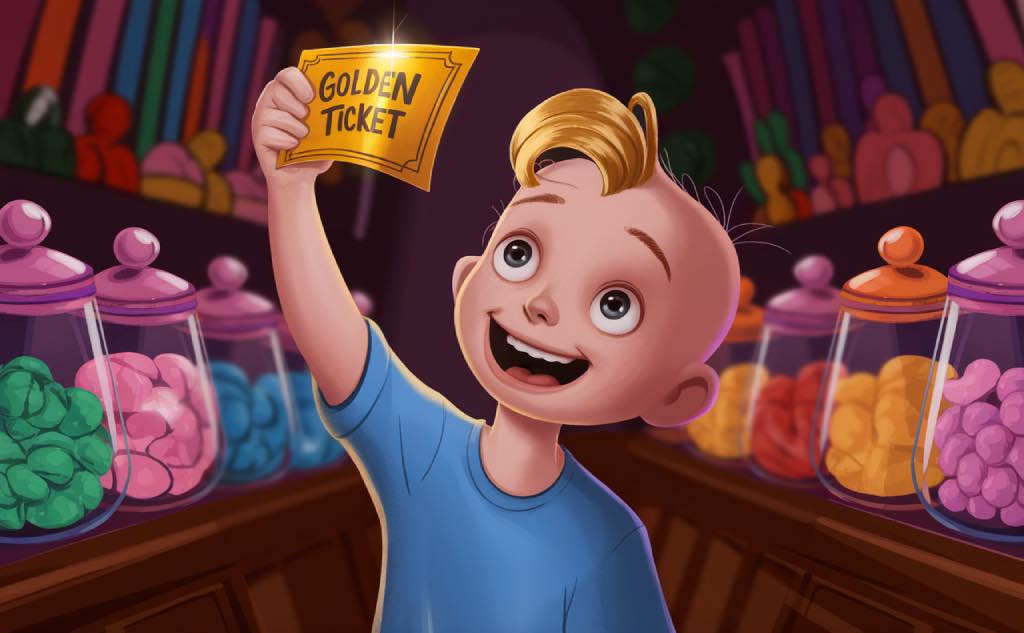
Willy Wonka
The eccentric and enigmatic owner of the chocolate factory, Willy Wonka is both an inventor and a businessman whose factory is filled with fantastical confections. His unpredictable behavior and cryptic remarks add intrigue to the story, but his true purpose is to test the character of the children who enter his world. Wonka’s character defies typical portrayals and encourages the reader to look beneath the surface in order to appreciate the brilliance behind his eccentricity.
The Other Children
Each of the other ticket holders serves as a deliberate contrast to Charlie’s character. Whether it is Augustus Gloop’s uncontrolled appetite or Veruca Salt’s demanding nature, their respective downfalls illustrate the dangers of overindulgence and impulsivity. Their experiences within the factory are not mere accidents but carefully constructed outcomes that reflect the consequences of their choices and actions.
Augustus Gloop
The first golden ticket winner, Augustus, is portrayed as gluttonous and obsessed with food. His downfall occurs when he falls into the chocolate river due to his inability to control his appetite. His character serves as a warning about overindulgence.
Veruca Salt
Veruca is a spoiled and demanding child who is used to getting whatever she wants. Her wealthy parents indulge her every whim, leading to her downfall when she insists on owning one of Wonka’s trained squirrels and is deemed a “bad nut.” Her fate is a critique of entitlement and excessive materialism.
Violet Beauregarde
Violet is highly competitive and constantly chewing gum, believing herself to be superior to those around her. Her downfall comes when she impulsively tests an unfinished piece of Wonka’s experimental gum and turns into a giant blueberry. Her fate highlights the dangers of arrogance and impulsivity.
Mike Teavee
Mike is obsessed with television and dismissive of books and learning. His downfall occurs when he attempts to use Wonka’s teleportation device and shrinks himself. His character serves as a critique of excessive screen time and a lack of intellectual curiosity.
The Oompa Loompas
The Oompa Loompas serve as Willy Wonka’s loyal factory workers, responsible for producing the factory’s extraordinary confections. They are introduced as mysterious and disciplined laborers, assisting in various aspects of candy-making while remaining largely in the background. However, their most notable role comes through their musical interludes—each time a child meets their downfall, the Oompa Loompas sing a moralizing song that humorously critiques that child’s behavior. Their presence reinforces the story’s themes, acting as a chorus that highlights the consequences of excess and poor judgment.
In earlier editions of the book, the Oompa Loompas were described as African pygmies, a portrayal that later drew criticism for its racial undertones. In response to this backlash, Roald Dahl revised their depiction in subsequent editions, reimagining them as whimsical beings with distinctive orange skin and green hair—an image popularized by film adaptations.
Cultural Significance and Legacy
Dahl’s innovative approach redefined how stories for young audiences could be both entertaining and thought-provoking. By blending whimsy with stark realism, he broke new ground and inspired subsequent generations of writers. His work challenged traditional modes of storytelling, proving that books for younger audiences can address serious themes without sacrificing amusement or originality.
Film Adaptations
The influence of Dahl’s work extends well beyond the printed page. The 1971 film Willy Wonka & the Chocolate Factory, featuring Gene Wilder, introduced the story to a broader audience with its own unique charm. Later, the 2005 adaptation starring Johnny Depp reinterpreted Wonka’s character and the factory’s wonders, each version offering distinct personalities and perspectives while remaining true to the spirit of the original book.
Impact on Popular Culture
Iconic elements from the book—such as the golden ticket and the imaginative world of Wonka’s workshop—have seeped into everyday conversation and inspired various creative projects. References to these elements continue to appear in music, art, and even advertising, cementing the story’s position as a touchstone of imaginative storytelling.
Charlie and the Chocolate Factory stands as a landmark work that transformed the way stories for young audiences are told. By blending humor with stark depictions of excess and hope, Dahl set a new standard for what children’s books could achieve. His inventive methods opened the door for future storytellers to address challenging topics while engaging an audience with wit and originality.
Further Reading
Listen to Willy Wonka: A Lesson in Consumerism by Malu Rocha, Medium
Roald Dahl’s New Editions of Charlie and the Chocolate Factory, James and the Giant Peach And Others Have Been Edited For Sensitivity by Jordan Hoffman, Vanity Fair
Lost chapter of Charlie and the Chocolate Factory published by Maev Kennedy, The Guardian
From pygmies to puppets: what to do with Roald Dahl’s enslaved Oompa-Loompas in modern adaptations? by Kate Cantrell & David Burton, The Conversation
